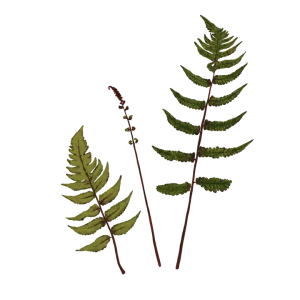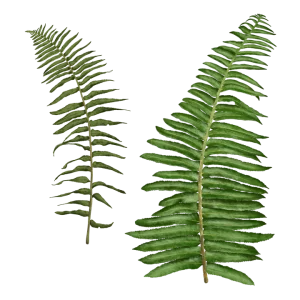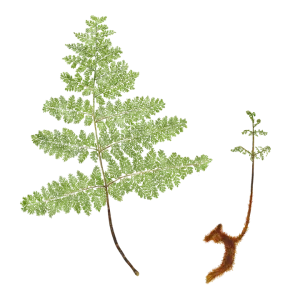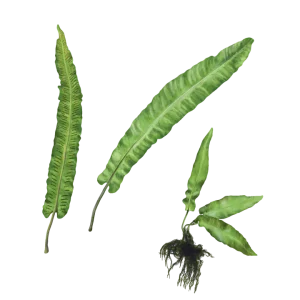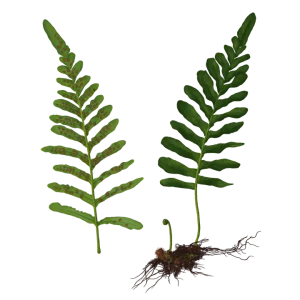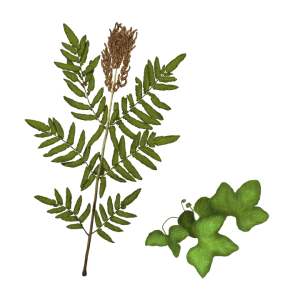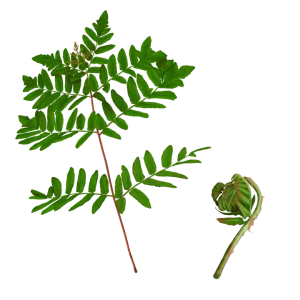Anisocampium sheareri – The fronds of this fern are of two types: broader, bottle-green infertile ones that grow quite low down and narrower long-stemmed fertile ones that stand erect above them. A red-wine colour appears in the stipe and suffuses parts of the frond blade. Winter-hardy in a sheltered site.
SUBSTRATE & WATERING
A mix of 75% peat and 25% perlite works well but straight peat, coco-peat or a combination of both is possible. This is necessary because fern roots need plenty of air in the substrate to create a good root system. Excess water must also be able to drain away easily. The initial EC of the mix:0.5- 0.8 (for example a standard pre-mix) PH : 5.0-6.0. Only water the plant if it’s really dry. Rainwater is preferred.
A strong, low-maintainance fern which characteristics become more pronounced during the years.
Great selection for a shady area of the landscape in need of a small but easy-to-grow fern. Rock gardens, woodland gardens, shaded border fronts or shade gardens. Also suitable in shaded areas along streams or ponds. Lady ferns have reliable color and are easy to grow. Best growth will occur in partial shade and a rich, moist soil. Relatively tolerant of sun and dry soil as compared to many other ferns. A very low maintenance plant that adds a lot of aesthetic value to the landscape.
Just a lady with a glass of merlot in your garden!
Plant the Merlot fern as a solitary plant in combination with some groundcover fern or an Acer palmatum or Rhododendron. The last ones will create a little bit shade what anisocampium likes. If the plant dies back in winter the dead leaves can be removed or left on the ground to serve as a protection for winter. Instead of the leaves a layer of bark can also protect the fern. The plant can come back a little later in spring if winter was quite tough, but every year the colour is a little bit more pronounced and the clumb will become stronger and tougher.


